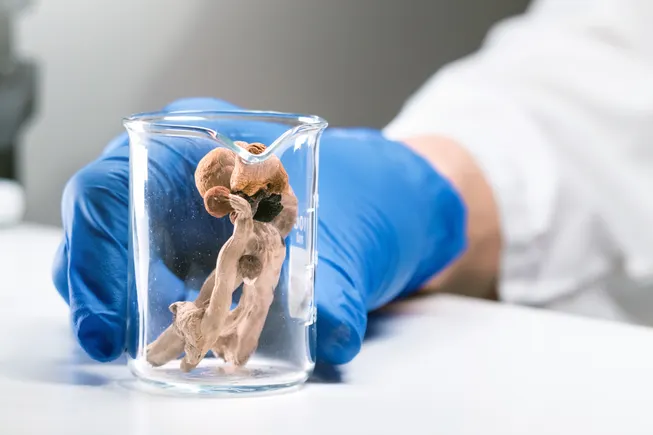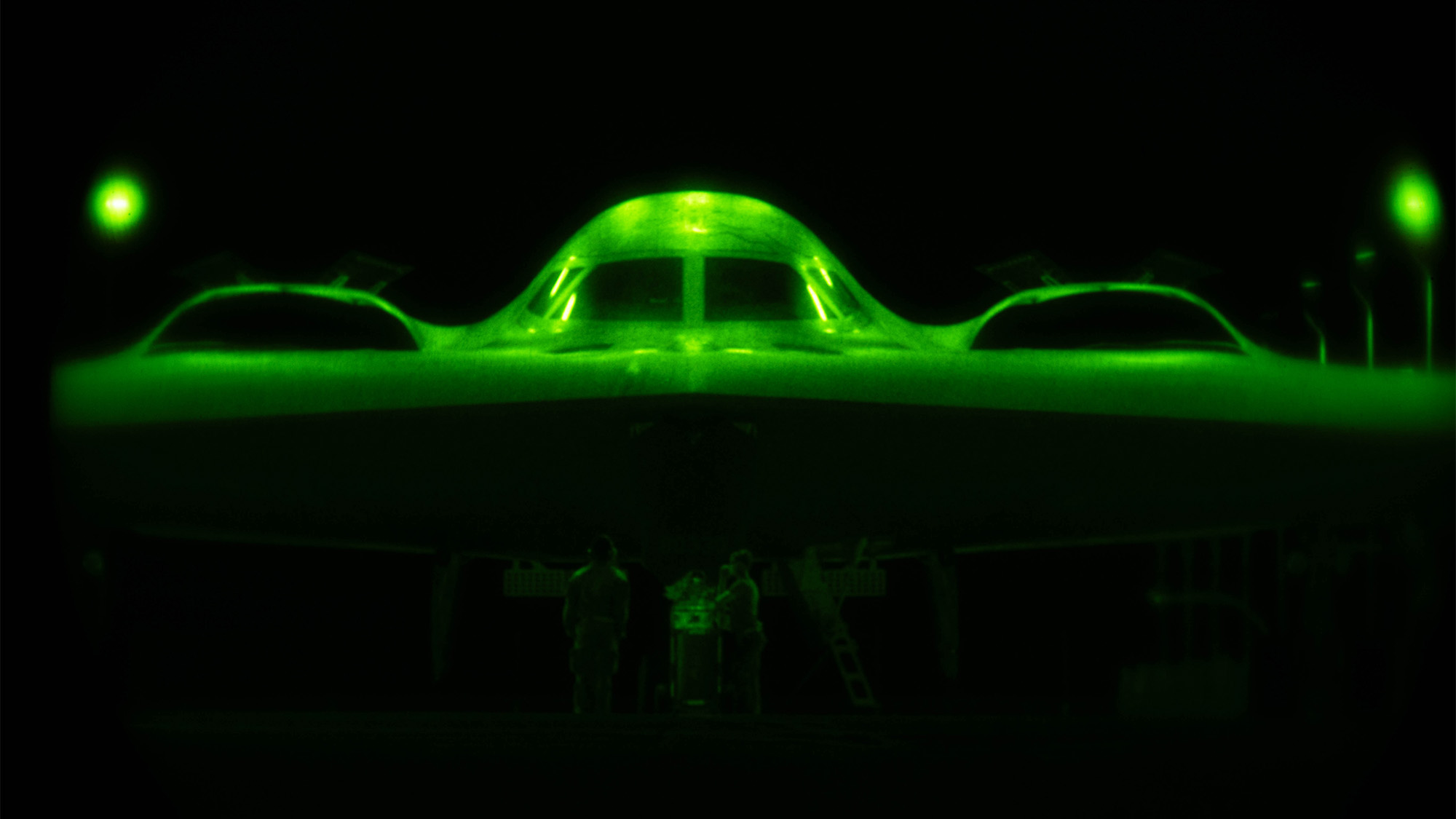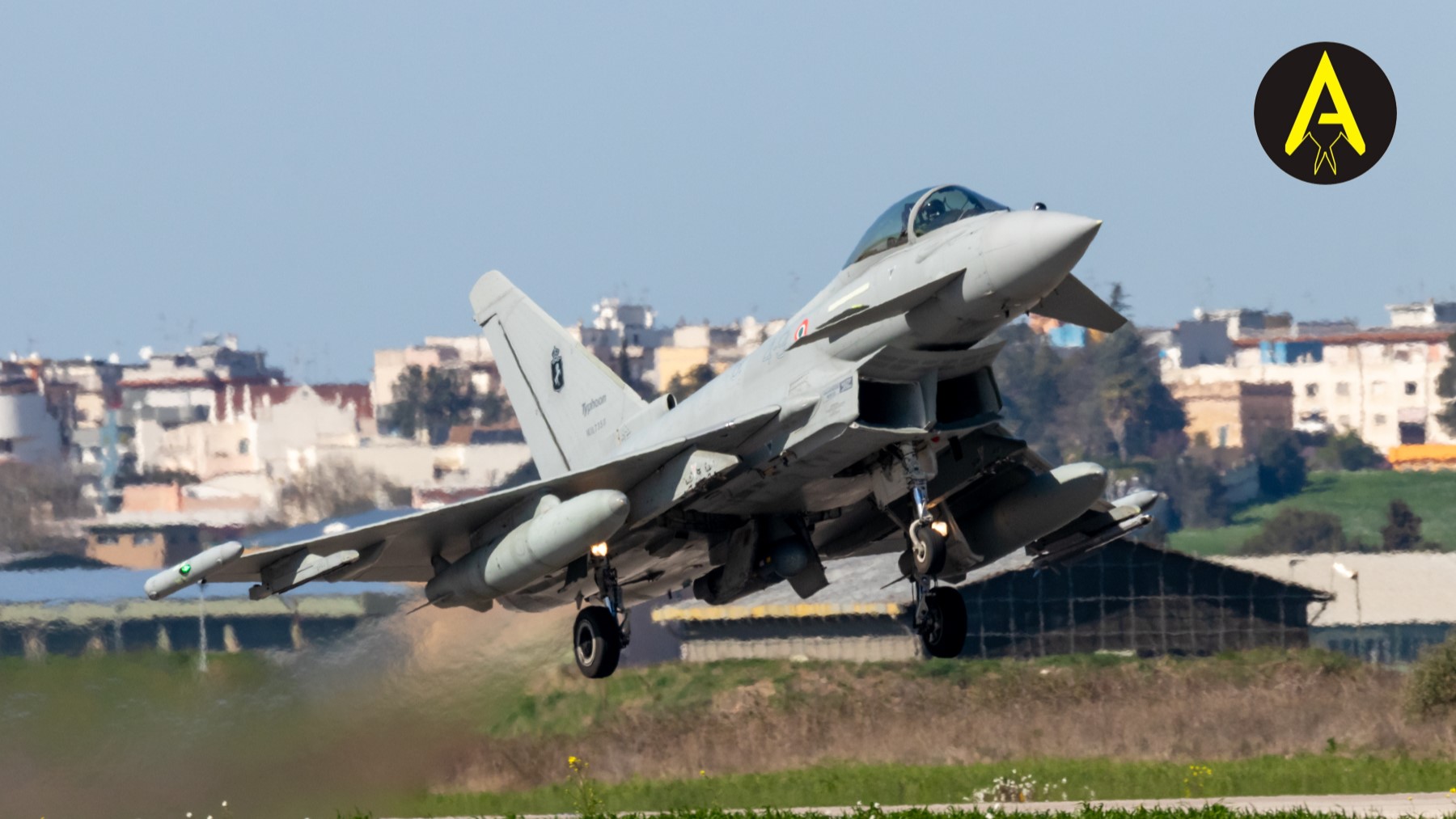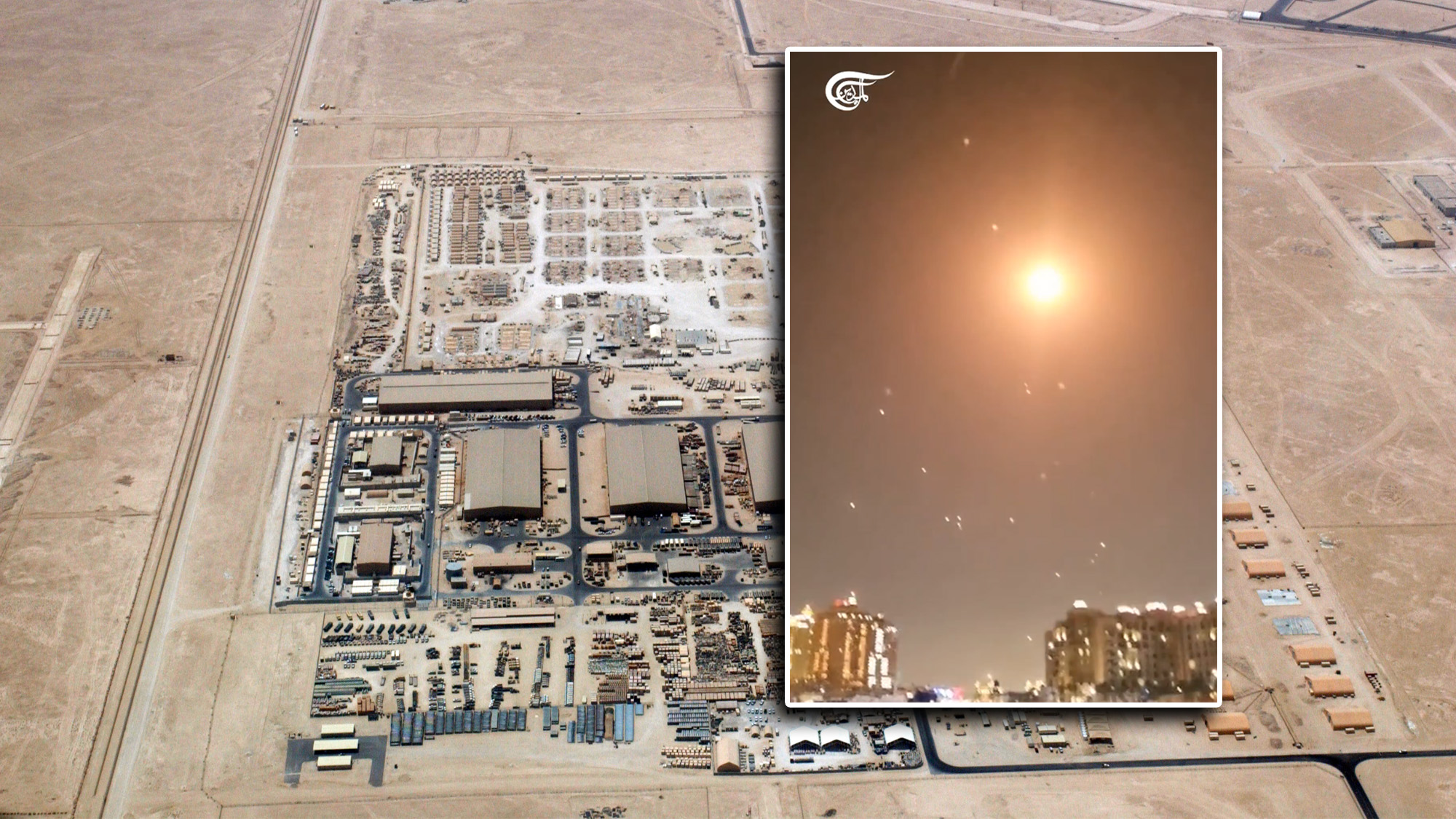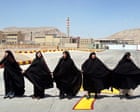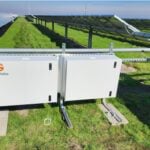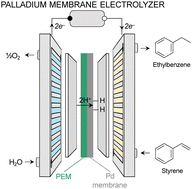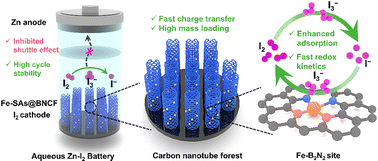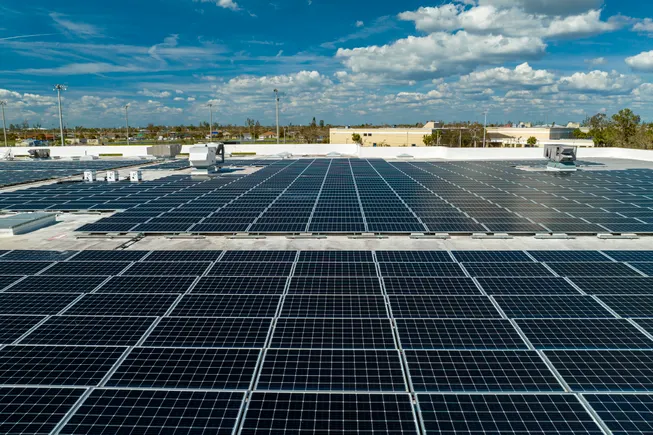‘Bunch of SCARS’: Space Force’s Hammett speeds phased array antenna integration
“[T]his capability is so important to where we’re headed in the next couple of years, with having the capacity to make the SCN [Satellite Control Network] stand up to all the new systems that are coming and all the new mission requirements that they’re going to have,” Hammett told Breaking Defense.


AV BlueHalo’s Badged terminal housing its new phased-array antenna at a company facility. (AV BlueHalo)
WASHINGTON — The Space Force hopes to soon be able provide new orbital warfare capability to operators through integrating the modern phased-array antennas being developed under its Satellite Communications Augmentation Resource (SCAR) program with its R2C2 satellite command and control software, according to senior program officials.
“It is always a challenge to get everybody on board simultaneously linked up, and that’s why the priority that’s being placed on SCAR and R2C2 is really helpful, because we will get the priority from the operators and the testers,” said Kelly Hammett, director of the Space Rapid Capabilities Office (Space RCO), which is spearheading the effort.
While caveating that “everything is pre-decisional” for the fiscal 2026 budget, Hammett told Breaking Defense that “from a force design perspective, I think the service has come around to a position that we’re going to need a bunch of SCARs, and we’re going to need them as fast as we can make them.”
The SCAR antennas are being designed to modernize the antiquate old-style parabolic antennas now used by the Satellite Control Network (SCN) — specifically optimized to work with future satellites that can maneuver rapidly to avoid, or potentially attack, other satellites. The SCN comprises 19 fixed antennas located at seven locations around the world and performs control functions consisting of tracking (determining where a satellite is located), telemetry (collecting information about its health and status) and command (transmitting signals to control subsystems and maneuvering satellites if necessary) for a large portion of Space Force birds.
Parabolic antennas can only talk to one satellite at a time, where as phased array antennas can connect with multiple satellites simultaneously. SCN already is being overwhelmed as the Space Force fields a flock of new satellites, and will be even more important in the future when the service deploys more satellites capable of moving faster, farther and for longer time spans in order to conduct satellite warfare.
“[T]his capability is so important to where we’re headed in the next couple of years, with having the capacity to make the SCN stand up to all the new systems that are coming and all the new mission requirements that they’re going to have,” Hammett said.
Under the current SCAR program, three units are funded — two of which are destined to go to Indo-Pacific Command.
Mary Clum, president of the Product & Space Systems Portfolio at Blue Halo, now a subsidiary of AeroVironment, explained that the company expects to deliver its first batch of “operational” antenna tiles (modular flat panels that are combined to create phased array antennas) to Space RCO this summer.
Further, the first antenna “unit is on track for delivery at the end of the year,” she said.
Thus, she and Hammett explained, the company is preparing now to integrate the antennas with the R2C2 (for Rapid Resilient Command and Control) software that Space RCO already is testing on experimental Space Force satellites. The idea is to get that first antenna working as soon as possible after delivery, and to do the same with each unit as it gets delivered.
R2C2 is a joint program between Space RCO and the Space Force’s primary acquisition unit Space Systems Command (SSC) aimed at rapidly fielding C2 capabilities for use by systems performing what the service calls dynamic space operations. Eventually, the idea is that all of the maneuverable satellite systems operated by the Space Force’s Delta 9 responsible for orbital warfare will use R2C2, Hammett said last December.
Hammett said that Space RCO is “leveraging AWS cloud infrastructure for R2C2,” noting that it is “the first big program to do that in the in the service, particularly at multiple classification levels.”
He explained that this will make it easier for operators in the field to use the system and provide feedback on how to improve it.
Clum noted that even though the SCAR program is focused on antennas for satellites in geosynchronous Earth orbit (GEO), a first test by the company showed they also will be able to connect to satellites in medium and low Earth orbits. This capability also will become more important in the future as the Space Force attempts to create an overarching “hybrid” mesh network linking military and commercial satellites across all orbits.


































































